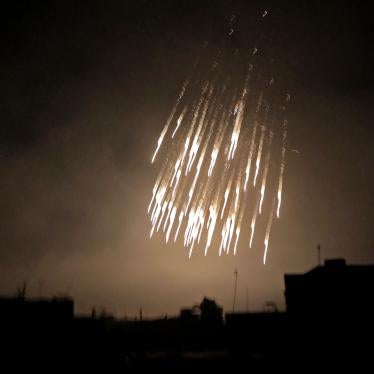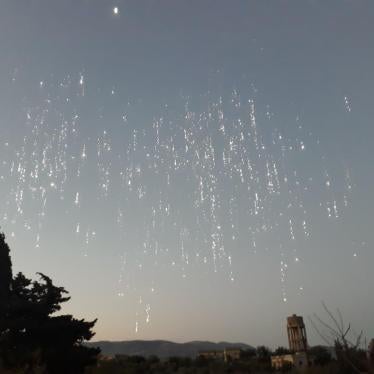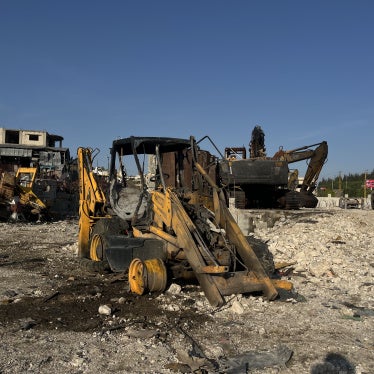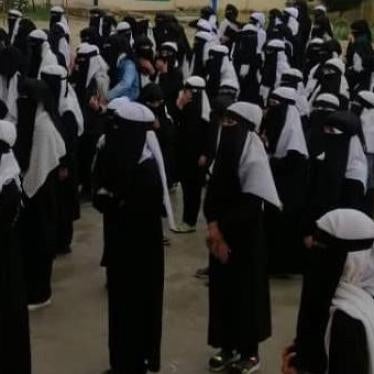Thank you, Chair.
I read this statement on behalf of eight civil society organizations: Article 36, Human Rights Watch, Mines Action Canada, PAX, Pax Christi Vlaanderen, Protection, SEHLAC, and the Women’s International League for Peace and Freedom.
On June 8, 1972, Kim Phuc, a 9-year-old Vietnamese girl became a worldwide symbol of the horror of incendiary weapons when photographer Nick Ut caught her on film running naked down a road after her clothing was burned off in a napalm attack.
That image illuminated the harm that would drive the creation of CCW Protocol III. States started discussing the regulation of incendiary weapons, and napalm in particular, as early as 1976 when the ICRC convened a conference of government experts that would lead to the Convention on Conventional Weapons.
As states debate Protocol III today, they should remember the story of Kim Phuc, who spoke at an online event last Friday.
Kim recalled the terrible heat that burned her as she fled along the road, the excruciating treatments in which doctors sloughed off dead skin, the painful physical therapy after she went home, and the scars the made her feel she couldn’t wear short-sleeve blouses.
Her suffering did not end when she grew up. Her admiration for her doctors made her want to go to medical school, but she had to give up her dream when headaches, asthma, pain, and other medical problems forced her to change paths.
Until recently undergoing 11 laser treatments, Kim said, she felt daily pain at a level 8 on a 10-point scale. For decades she has also endured high-blood pressure, nightmares, and anger, finding that learning to forgive was one of the biggest challenges.
Kim went on to find a loving husband, raise a wonderful family, and create a global foundation that supports children who are victims of war. Nonetheless, Kim said, “I will forever bear the scars of that day.”
Protocol III was intended to prevent others from experiencing such suffering, but it has not.
Human Rights Watch has documented similar immediate and long-term harm from the use of incendiary weapons in more recent conflicts, including in Afghanistan, Gaza, and Syria. Survivors have described symptoms akin to those experienced by Kim Phuc.
Loopholes in Protocol III have interfered with its ability to protect these civilians. Its design-based definition excludes multipurpose munitions with incendiary effects, notably white phosphorus. In addition, the protocol prohibits the use of air-dropped incendiary weapons in concentrations of civilians, but it has weaker regulations for ground-launched ones.
We call on states to address the human cost of incendiary weapons by working to close these loopholes.
At this Review Conference, CCW high contracting parties can take a positive first step by agreeing to in-depth discussions of Protocol III next year. For example, you could support the Irish proposal for the chair to hold informal consultations on the protocol, assuming those consultations are held in a transparent and inclusive manner. You owe it to Kim to set aside your political differences and—at a minimum—assess the adequacy of the instrument created in response to her suffering.
Despite the challenges she has faced, Kim firmly believes that “peace, love, and forgiveness will always be more powerful than any kind of weapon” and that “[e]very single day, we have the opportunity to be better people.”
We urge you to be inspired by Kim’s resilience as your predecessors were once inspired by her pain and to seize the opportunity to be better people by increasing protections for civilians from incendiary weapons.
Thank you.







